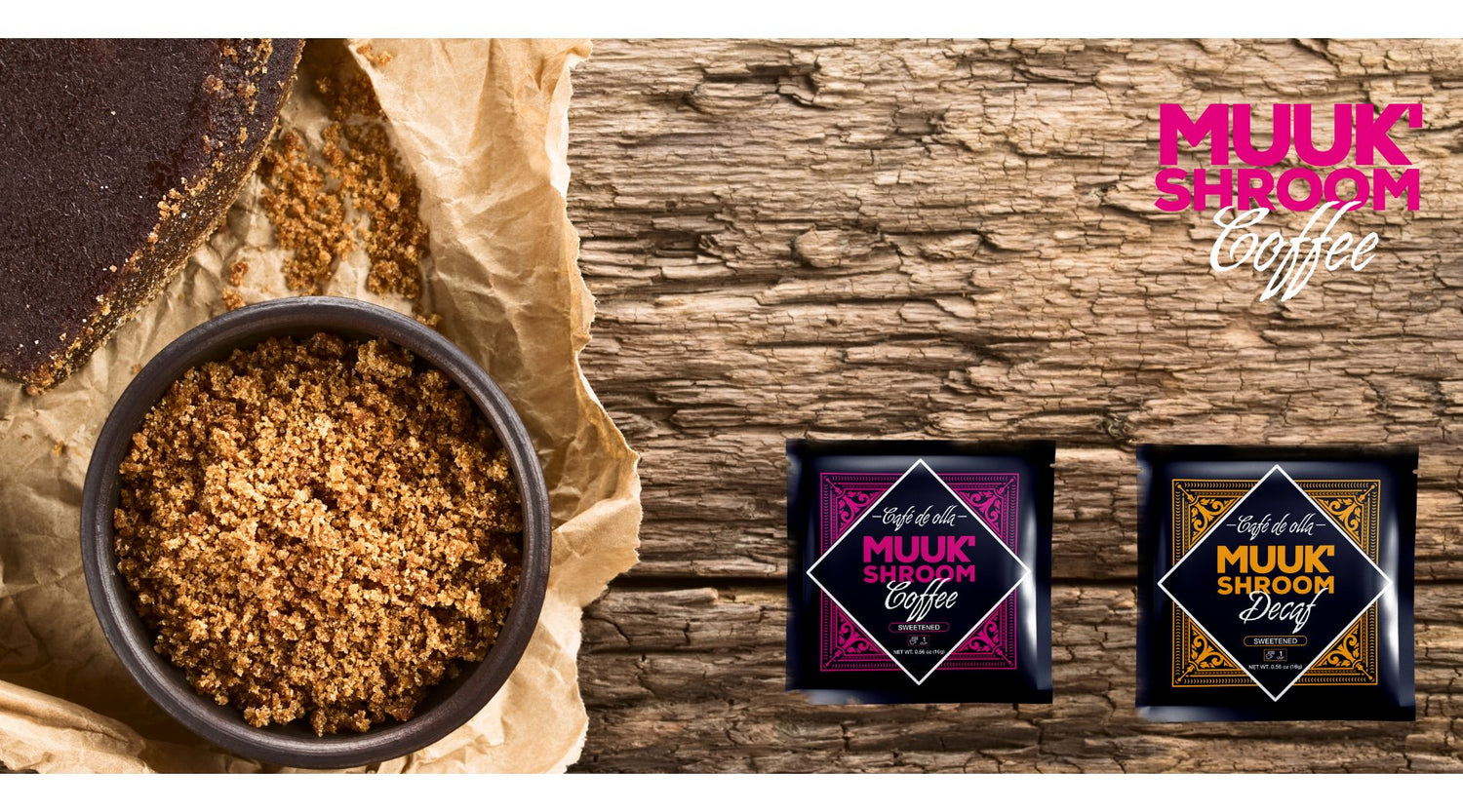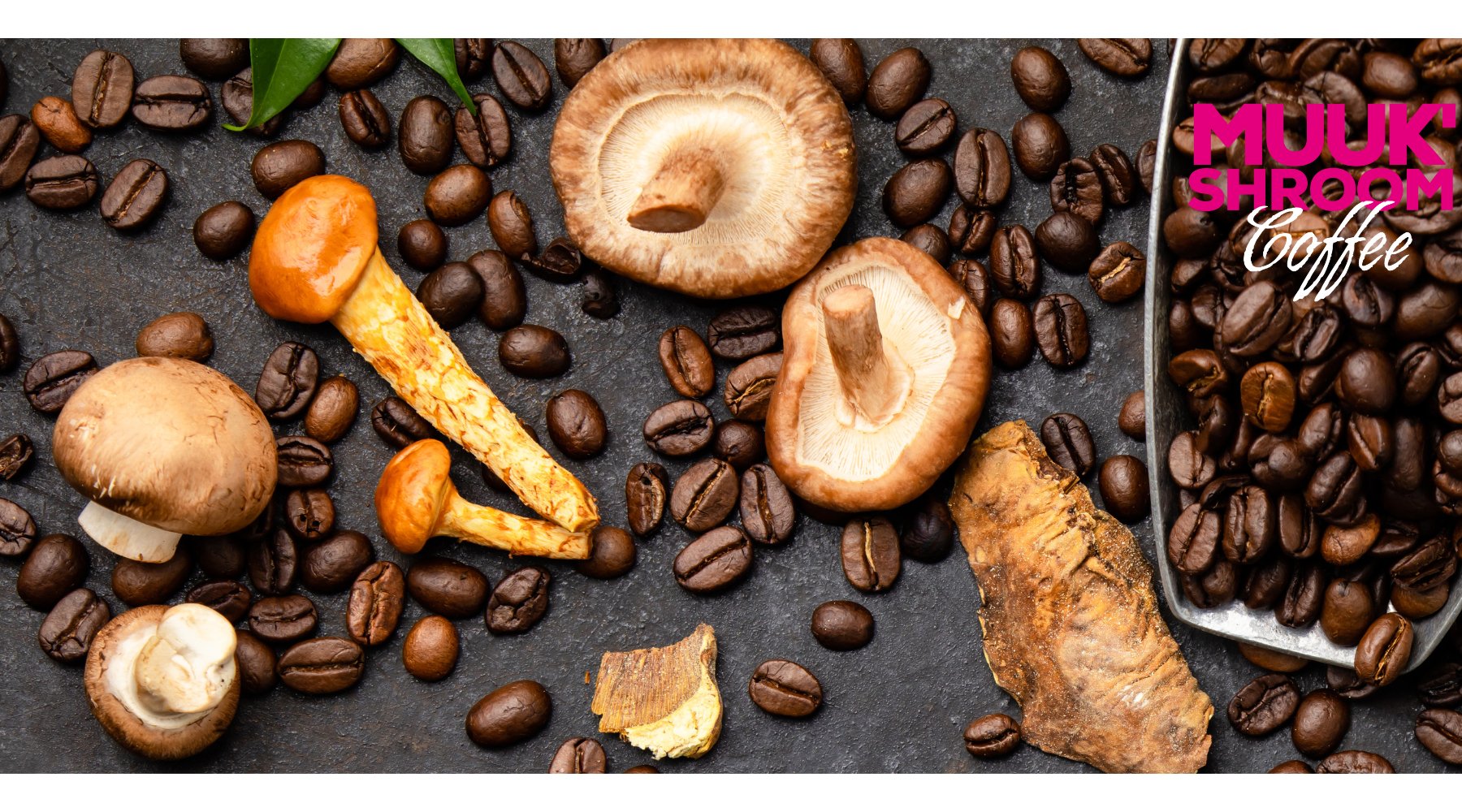Piloncillo, also known as panela or rapadura, is a type of unrefined sugar that has been used for centuries in Latin American and Caribbean cuisine. It is made by boiling and evaporating sugarcane juice until it solidifies into small cone-shaped blocks. This traditional sweetener offers a unique flavor and numerous health benefits that make it a great alternative to refined sugar. In this article, we will explore the various aspects of piloncillo and how it can contribute to your overall health and well-being.
Understanding Piloncillo: A Brief Overview
Piloncillo, derived from the Spanish word "pilon," which means "small pestle or mortar," refers to the shape of the sugar cones. While the term piloncillo is predominantly used in Latin America, other countries have their own names for this sweetener. In Brazil, it is known as rapadura, while in Colombia and Venezuela, it is called panela. Despite the different names, the production process and characteristics of piloncillo remain largely the same.
What is Piloncillo?
Piloncillo is an unrefined sweetener made from boiling and evaporating sugarcane juice. Unlike refined sugar, piloncillo retains its natural molasses content, which gives it a distinct flavor and rich color. It is often hailed as a healthier alternative to white sugar due to its minimal processing and higher nutritional profile.
The Origin and History of Piloncillo
The origins of piloncillo can be traced back to ancient times when indigenous people in the Americas first cultivated sugarcane. As sugarcane cultivation spread throughout the region, so did the production and consumption of piloncillo. This traditional sweetener has played a significant role in the culinary traditions of Latin America and the Caribbean for centuries.
In Mexico, piloncillo has been used since pre-Columbian times. The Aztecs, Mayans, and other indigenous civilizations valued piloncillo not only for its sweetness but also for its medicinal properties. They believed that piloncillo could alleviate various ailments and boost energy levels.
The production process of piloncillo involves several steps. First, the sugarcane is harvested and stripped of its leaves. The stalks are then crushed to extract the juice. This juice is then heated and boiled until it thickens and starts to form a syrup. The syrup is poured into molds, usually cone-shaped, where it solidifies and takes the shape of piloncillo cones.
One interesting aspect of piloncillo production is the use of traditional methods and tools. In many rural areas of Latin America, the process is still carried out using wooden vats and copper cauldrons. This traditional approach not only preserves the authenticity of piloncillo but also contributes to its unique flavor and character.
Piloncillo is known for its distinctive taste, which can be described as rich, caramel-like, and slightly smoky. Its flavor adds depth to various dishes and beverages, making it a popular ingredient in traditional Latin American recipes. Piloncillo is commonly used in desserts, such as flan, arroz con leche, and Mexican hot chocolate. It can also be used to sweeten coffee, tea, and other beverages.
Aside from its flavor, piloncillo is also valued for its nutritional benefits. It contains essential vitamins and minerals, including iron, calcium, and potassium. Additionally, piloncillo is a natural source of antioxidants and dietary fiber, making it a healthier option compared to refined sugar.
While piloncillo is primarily associated with Latin American cuisine, its popularity has spread beyond the region. In recent years, it has gained recognition in the culinary world, with chefs and food enthusiasts incorporating it into their recipes. Piloncillo's unique flavor and cultural significance make it a sought-after ingredient for those looking to explore new tastes and experiences.
The Nutritional Profile of Piloncillo
Piloncillo is not just a source of sweetness; it also provides essential nutrients that can contribute to your overall well-being. Let's take a closer look at the key nutrients found in piloncillo.
Piloncillo, also known as panela or rapadura, is a traditional form of unrefined sugar commonly used in Latin American cuisine. It is made by boiling and evaporating sugarcane juice until it solidifies into a cone-shaped block. This natural sweetener has been used for centuries and is known for its rich flavor and distinct caramel-like taste.
One of the standout features of piloncillo is its impressive nutritional profile. It contains various vitamins and minerals that are naturally present in sugarcane. These include potassium, calcium, iron, and magnesium. Potassium is essential for maintaining proper heart and muscle function, while calcium is crucial for strong bones and teeth. Iron plays a vital role in oxygen transport throughout the body, and magnesium is involved in numerous biochemical reactions, supporting overall health.
In addition to these minerals, piloncillo also contains small amounts of B vitamins, such as thiamine (vitamin B1) and riboflavin (vitamin B2). These vitamins are essential for converting food into energy, supporting the nervous system, and maintaining healthy skin, hair, and eyes. While the amounts of B vitamins in piloncillo may be relatively small compared to other food sources, every bit counts towards meeting your daily requirements.
Comparing Piloncillo to Other Sweeteners
When it comes to sweeteners, piloncillo stands out due to its unrefined nature. Unlike refined white sugar, which undergoes extensive processing that strips away valuable nutrients, piloncillo retains a higher nutritional value. The refining process of white sugar involves bleaching and removing molasses, resulting in a product that is pure sucrose but lacking in essential minerals and vitamins.
Comparatively, piloncillo contains more vitamins and minerals than white sugar, making it a healthier choice. While both sweeteners provide calories and carbohydrates, piloncillo offers the added benefit of natural nutrients that can support your overall well-being. It is important to note that piloncillo is still a form of sugar and should be consumed in moderation as part of a balanced diet.
Furthermore, piloncillo's distinct flavor adds depth and complexity to dishes and beverages. Its caramel-like taste enhances the richness of desserts, sauces, and even coffee. By using piloncillo as a sweetener, you can elevate the flavor profile of your culinary creations while benefiting from its nutritional value.
In conclusion, piloncillo is not just a sweetener; it is a natural source of essential nutrients. Its unrefined nature allows it to retain valuable vitamins and minerals, making it a healthier alternative to refined white sugar. So, the next time you reach for a sweetener, consider adding a touch of piloncillo to your favorite recipes and enjoy its unique flavor and nutritional benefits.
Health Benefits of Piloncillo
Incorporating piloncillo into your diet can offer several health benefits. Here are a few ways piloncillo can positively impact your well-being.
Piloncillo and Digestive Health
Piloncillo contains dietary fiber, which is beneficial for maintaining a healthy digestive system. Fiber aids in proper digestion, prevents constipation, and promotes a feeling of fullness. Including piloncillo in your diet can help support a healthy gut and prevent digestive issues.
The Role of Piloncillo in Boosting Immunity
Piloncillo contains antioxidants, such as flavonoids, which help boost your immune system. These antioxidants protect your cells from oxidative damage and strengthen your body's defenses against infections and diseases. By incorporating piloncillo into your diet, you can give your immune system an extra boost.
Piloncillo and Heart Health
Studies have shown that the antioxidants found in piloncillo may have heart-protective properties. They help reduce the risk of cardiovascular diseases by preventing the oxidation of LDL cholesterol and reducing inflammation. By substituting refined sugar with piloncillo, you can potentially improve your heart health.
Incorporating Piloncillo into Your Diet
Piloncillo can be used in various culinary applications, both sweet and savory. Here are a few ways you can integrate piloncillo into your diet.
Using Piloncillo in Cooking and Baking
Piloncillo can add a unique flavor to both savory and sweet dishes. It can be grated or dissolved in water to make a sweet syrup, which can be used in recipes such as sauces, marinades, and dressings. Additionally, piloncillo can impart a caramel-like taste to baked goods like cookies, cakes, and pastries.
Piloncillo in Beverages
Piloncillo can be used as a natural sweetener in various beverages. It can be dissolved in hot drinks like coffee or tea to add a hint of sweetness and depth of flavor. Piloncillo can also be used in the preparation of traditional Mexican drinks such as atole and champurrado, providing a distinctive taste and aroma.
Precautions and Potential Side Effects of Piloncillo
Understanding the Sugar Content
While piloncillo offers nutritional benefits, it is important to remember that it is still a form of sugar. Consuming excessive amounts of piloncillo can lead to weight gain, dental issues, and increased risk of chronic diseases. Like any sweetener, moderation is key when incorporating piloncillo into your diet.
Allergy and Sensitivity Considerations
Individuals with allergies or sensitivities to sugarcane should exercise caution when consuming piloncillo. It is always advisable to consult with a healthcare professional if you have any concerns or known allergies before adding any new food or ingredient to your diet.
In conclusion, piloncillo offers distinctive flavor profiles and a range of health benefits, making it a versatile and healthier alternative to refined sugar. Its nutritional properties, coupled with its traditional roots, make it a worthwhile addition to any kitchen. By incorporating piloncillo into your diet, you can enhance your overall health and well-being while adding depth and character to your culinary creations.




Leave a comment
All comments are moderated before being published.
This site is protected by hCaptcha and the hCaptcha Privacy Policy and Terms of Service apply.